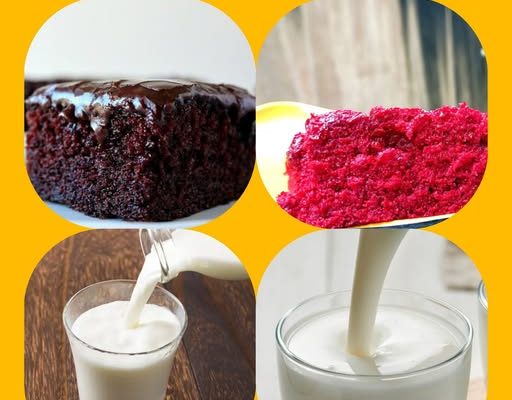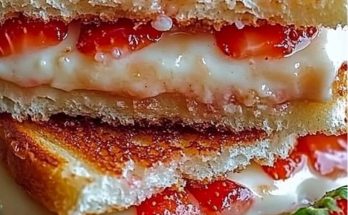In cake-making, the choice between buttermilk and milk can make a significant difference in the texture, flavor, and overall outcome of your baked goods.
While they may seem interchangeable, each brings unique qualities to the table.
In this post, we’ll break down when and why you should opt for buttermilk over regular milk, and vice versa, depending on the results you’re aiming for.
•••
1. Acidity and Leavening: Boosting Cake Rise
Buttermilk is slightly acidic, which plays an important role in activating baking soda. If your recipe calls for baking soda, buttermilk is often the better option because the acid reacts with the soda to create carbon dioxide, leading to a lighter, fluffier cake.
– Use Buttermilk When: Your recipe includes baking soda as a leavening agent. The acidity of buttermilk helps activate the baking soda, which results in a cake with a better rise and tender crumb.
– Use Milk When: Your recipe relies on baking powder (which already contains an acid) or doesn’t need extra acidity to rise.
•••
2. Flavor: Adding Tang and Depth
Buttermilk adds a subtle tanginess to cakes, which can enhance flavors, especially in recipes like red velvet cake, chocolate cake, or any cake where a slight tang balances sweetness. It deepens the flavor profile without being overpowering.
– Use Buttermilk When: You want to add a slight tang to complement strong or rich flavors, like in chocolate or lemon cakes. It adds a complexity that milk can’t provide.
– Use Milk When: You’re aiming for a more neutral flavor, especially in delicate cakes like vanilla or sponge cakes, where you want the main flavor to shine without added tartness.
•••
3. Moisture and Texture: Achieving a Tender Crumb
The higher fat content in buttermilk can create a moister, softer cake than regular milk. It helps break down gluten, leading to a tender crumb. This makes buttermilk a great choice for cakes that need to be extra soft and moist.
– Use Buttermilk When: You’re baking cakes that need to be extra moist and tender, like pound cakes, red velvet, or dense chocolate cakes.
– Use Milk When: You want a lighter, fluffier cake. Regular milk (especially whole milk) adds moisture without the dense texture that buttermilk can sometimes bring.
•••
4. Substitutions: What to Do if You Only Have One on Hand
Sometimes, you may need to substitute one for the other, but there are a few adjustments you should make to ensure your cake still turns out perfectly.
– If You Only Have Buttermilk: Replace the milk with buttermilk, but reduce the amount of acid (like vinegar or lemon juice) in the recipe, if any. If the recipe already contains baking powder, it should still work, but expect a slightly denser, moister cake.
– If You Only Have Milk: Add 1 tablespoon of vinegar or lemon juice to a cup of milk and let it sit for 5 minutes to mimic the acidity of buttermilk. This is particularly useful if your recipe calls for buttermilk and baking soda.
•••
5. When to Use Both Together
In some cases, you can use a combination of both buttermilk and milk to create a balanced texture and flavor. For example, in recipes where a slight tang from buttermilk is desired, but you also want the lightness of milk, using part buttermilk and part milk can give you the best of both ingredients.
•••
Conclusion: Know Your Recipe’s Needs
Understanding when to use buttermilk versus regular milk in cake recipes comes down to the specific needs of the recipe.
Buttermilk excels at adding tang, moisture, and activating baking soda for a higher rise.
On the other hand, milk offers a more neutral flavor and works well when you want a light, airy cake.
Next time you’re deciding between the two, keep these tips in mind to elevate your baking results!
End of lesson.
As usual, I hope this helps.
Before you scroll on, please note:
Do not make adjustments to a recipe unless you really know what you are doing.
Your results solely depends on your experience and skill level.
You’ll most likely make some mistakes before getting it right.
| 2nd October, 2024 |
In cake-making, the choice between buttermilk and milk can make a significant difference in the texture, flavor, and overall outcome of your baked goods.

See less


